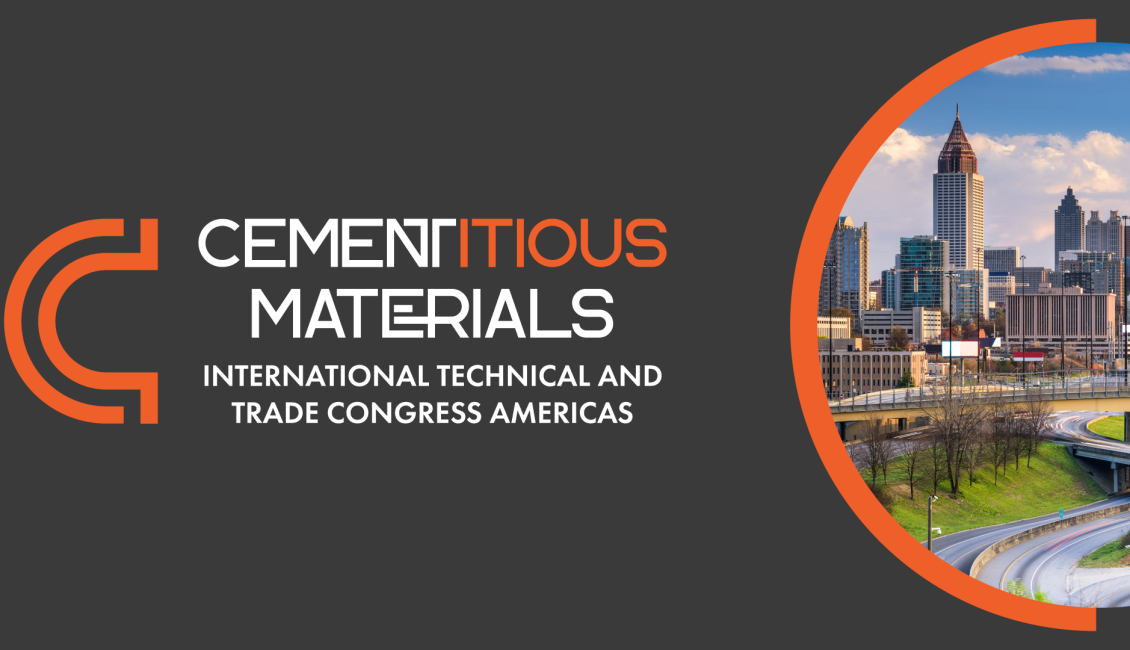
The Cementitious Materials International Technical and Trade Congress Americas is the premier gathering of US cement traders, industry experts, and professionals passionate about the latest advancements and limitless opportunities in the field of cementitious materials including ashes, slags, artificial and natural pozzolana, fumes, clays and construction and demolition waste used as alternative raw materials.
The 2025 edition for Americas to cover USA, Canada, Mexico, Colombia, Brazil, Panama, Uruguay, Paraguay, Chile, Costa Rica etc. will be held on April 2 and 3 in Atlanta, USA, at the Kimpton Sylvan Hotel. Make sure you sign up to our newsletter here to be among the first to find out all about confirmed speakers and topics! For a glimpse of our inaugural edition held in 2024 please follow this link.
Paypal direct payment : https://www.paypal.com/ncp/payment/QPM89EZ6NGD3N (10% discount).
For the EMEA edition (June 3-4, Cairo, Egypt) please see details here : https://industrylink.eu/event/cementitious-materials-international-congress-emea-2025.

In an era where sustainability and innovation are paramount, cementitious materials have emerged as the driving force behind the transformation of the cement industry. With their remarkable strength, durability, and cost-effectiveness, these materials are revolutionizing construction practices worldwide.
Immerse yourself in a world of endless possibilities at this conference, where we will explore the vast array of cementitious materials and their diverse applications. Gain invaluable insights and strategies that will empower you to thrive in the dynamic and ever-evolving cement trading market. Discover how these groundbreaking alternatives are reshaping the cement landscape, reducing carbon footprints, and embracing the principles of a circular economy.
Together, let us pave the way towards a greener future, where cementitious materials play a pivotal role in building a more sustainable and resilient world. Join us at the International Conference on Cementitious Materials and be part of this transformative movement.
Register as a delegate, speaker or sponsor at contact@industrylink.eu.
Platinum Sponsor: Eco Material Technologies
Gold Sponsor: Firefly AB
Why Attend?
- Stay Ahead of the Curve: Integrate sustainable cementitious materials into your operations to maintain a competitive edge and position your organization as an industry frontrunner.
- Global & US Insights: Be the first to learn about emerging technologies, market trends, and regulatory developments that are shaping cement production and sustainable construction—both in the US and worldwide.
- Networking with Industry Leaders: Connect with top executives, policymakers, and innovators from the US and around the world to exchange knowledge and start partnerships.
- Sustainability and Compliance: Discover practical strategies to meet sustainability targets, navigate evolving US regulations, and learn from both domestic and international case studies.
- Future of Cement: Learn how both the US and global cement industries are integrating sustainable practices, new technologies, and digital solutions to drive growth and environmental stewardship
Congress Themes
Focusing on Technical Excellence and Trade Innovation,
the event integrates cutting-edge advancements with
global market strategies to shape the future of the industry.
Technical Topics: Innovations in Cement Production
Carbon-Neutral Cement Production
- Explore US-based initiatives for using SCMs in cement production and construction materials
Next-Generation Cement Alternatives
- Examine developments in geopolymer cements and magnesium binders tailored for the US market,alongside international adoption trends.
Supplementary Cementitious Materials (SCMs)
- Optimize fly ash, slag, and natural pozzolans to meet the growing demand for eco-friendly infrastructure in the US, while addressing global sourcing challenges.
Localized Sustainability Case Studies
- Transforming industrial waste streams into resources forsustainable cement production in the US, and lessons from global leaders in waste-to-resource practices.
Technological Advancements
- Explore the role of AI-driven design, digital twins, robotics, and automation in revolutionizing production efficiency and safety in US cement plants, with insights into global trends.
Sustainability at the Core
- Learn about circular economy practices and alternative fuels (agricultural residues, municipal waste) driving sustainable cement production in US cities and globally.
Emerging Trends
- Bio-inspired innovations for self-healing concrete in high-stress environments, and climate-resilient solutions addressing challenges like hurricanes and flooding in the US and abroad
Trade Topics: Exploring Global and Regional Opportunities
Navigating US Market Dynamics
- Understand opportunities in the US cement market under the Infrastructure Investment and Jobs Act (IIJA) and discover strategies for entering and expanding within the US market, while positioning your company for global competitiveness.
Sustainable Logistics
- Examine green supply chain innovations and multimodal transport solutions for reducing carbon footprints, with case studies from US rail and inland waterway networks.
Digital Transformation in Trade
- Learn about AI-powered demand forecasting, blockchain integration, and other digital innovations transforming trade and ensuring regulatory compliance in the US cement sector, with global applicability.
Eco-Friendly Trade Practices
- Explore the role of carbon credits, green financing, and sustainable supply chain practices in advancing both US and global decarbonization goals.
Regulatory Frameworks
- Navigate US environmental regulations, including EPA standards for cement kiln emissions, and compare with global regulations such as the EU’s carbon tax and emissions trading systems.
Who Should Attend?
- Cement Producers & Traders: Learn about market-specific innovations and strategies
to expand in the US and globally. - US Infrastructure Leaders: Collaborate on national projects and initiatives promoting
sustainable construction and green building. - Government & Policymakers: Develop and refine policies and standards that
accelerate sustainability and innovation in cement production, both domestically and
internationally. - Construction Professionals: Discover advanced cementitious materials and
technologies for building durable, sustainable infrastructure in the US. - Supply Chain Experts: Optimize logistics for sustainable materials flow, from US
domestic supply chains to international trade networks. - Energy and Steel Companies: Contribute to circularity and reuse waste
generating profit - Research & Development Professionals: Stay ahead with the latest trends and
innovations
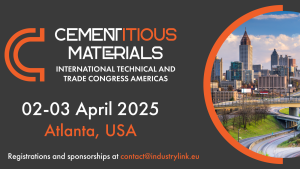
Join Us on This Journey
Register now and be part of this transformative movement towards a greener, more sustainable future. Together, let us pave the way towards a world where cementitious materials play a pivotal role in building a more sustainable and resilient future. This conference is not just an event; it’s a platform for collaboration, innovation, and driving positive change in the cement industry. Don’t miss out on this opportunity to connect with industry leaders, gain valuable insights, and shape the future of sustainable construction.
Please reach out to us at Contact@industrylink.eu for registration, any inquiries, speaking opportunities, and to secure the most favorable arrangements for individual bookings, group rates, partnerships or sponsorship opportunities. Feel free to explore our website for a comprehensive list of events and detailed information about our activities.
Dive into our calendar of events, featuring Women in Cement and Construction International Congress Americas (Atlanta, USA, April 3-4), Cementitious Materials TechTrade International Congress EMEA (Cairo, Egypt, June 2- 3) and Sustainability and ESG International Summit 2025 (Cairo, Egypt, June 3-4), CarbonZero Global Conference and Exhibition 2025 (Bucharest, Romania, October 15-16), Women in Cement and Construction International Congress EMEA (Bucharest, Romania, October 16-17).
Make sure you sign up to our newsletter here to be among the first to find out all about confirmed speakers and topics! as well as the latest news and future events info as well as exclusive discounts.
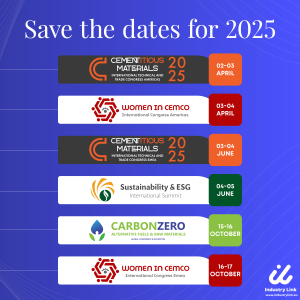

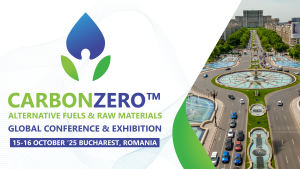
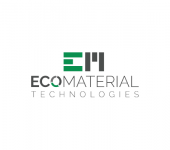

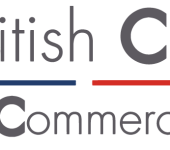
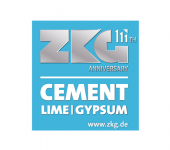


[…] Read more details about the Cementitious Materials International Technical and Trade Congress Americas 2025, here: https://industrylink.eu/event/cementitious-materials-international-congress-2025/ […]
[…] […]
[…] and Women in CemCo International Congress EMEA 2025, taking place in October in Bucharest, Romania; Cementitious Materials International Congress Americas 2025, taking place in April in Atlanta, USA and Cementitious Materials International Congress EMEA 2025, […]
[…] and Women in CemCo International Congress EMEA 2025, taking place in October in Bucharest, Romania; Cementitious Materials International Congress Americas 2025, taking place in April in Atlanta, USA and Cementitious Materials International Congress EMEA 2025, […]
Comments are closed.